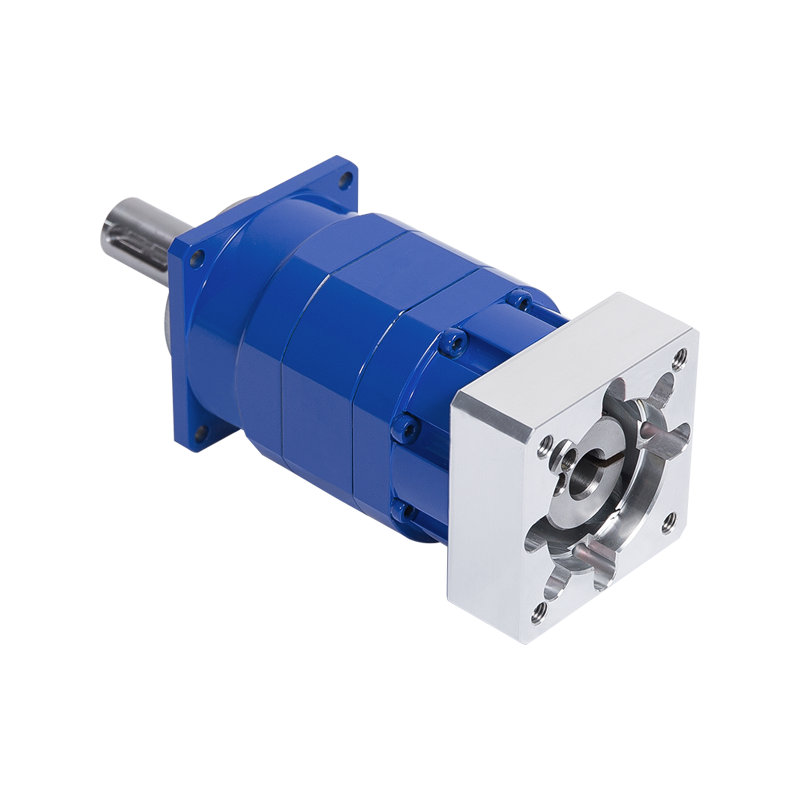Door Driving Precision Planetary Reducer
Cat:MK series planetary reducer
Industry-product lineupApplicable to: Door drive (planetary, coaxial shaft)MKB Precision Planetary Reducer is a cutting-edge mechanical device designe...
See DetailsIn modern mechanical transmission systems, the gears of high speed reduction gearbox play a vital role. Not only do they need to maintain excellent performance at high speeds, they must also have outstanding durability to cope with changing loads and environmental conditions.
Gear Material Selection: Balance of Performance and Wear Resistance
The choice of gear material directly affects its performance and wear resistance under high-speed operation. Generally speaking, common gear materials include carbon steel, alloy steel and composite materials. Carbon steel gears are widely used due to their low cost and simple processing, but they are often prone to wear and fatigue under high speed and high load conditions.
In contrast, alloy steel gears increase strength and toughness by adding alloying elements (such as chromium, nickel, molybdenum, etc.). This material is more resistant to fatigue failure under high temperature and high load conditions. At the same time, the application of composite materials is also gradually increasing. They are known for their light weight and high corrosion resistance, and are suitable for high performance requirements in special environments.

Refinement of gear design: optimizing performance and reducing noise
In addition to materials, gear design is also an important factor affecting its performance. Parameters such as gear tooth shape, number of teeth, and pitch will directly affect transmission efficiency and noise level. For example, the use of helical gear design can effectively reduce the impact during gear meshing, thereby reducing noise and vibration and improving transmission efficiency.
In addition, the heat treatment process of gears is also crucial. Through treatments such as quenching and tempering, the hardness and toughness of the gear can be enhanced and its load-bearing capacity under high-speed operation can be improved. These design optimizations are designed to improve the overall performance of the gear while extending the service life of the equipment.
Loading and Environmental Factors: Challenges to Durability
In the practical application of high speed reduction gearbox, load and environmental factors are also key to affecting gear performance. Gears are more susceptible to fatigue failure under heavy and shock loading conditions. Therefore, the design of gears must take into account maximum loads and instantaneous load changes to ensure stable operation under extreme conditions.
Environmental factors such as temperature, humidity and corrosive media can also affect the durability of gears. In high temperature or corrosive environments, material selection and design must be appropriately adjusted to ensure gear reliability under harsh conditions.
The gear material and design of the high speed reduction gearbox have a profound impact on its performance and durability. Choosing appropriate materials and refined design can not only improve transmission efficiency, but also extend the service life of the equipment. In the future, we look forward to the application of more advanced materials and design concepts to cope with the growing demand for mechanical transmission and provide stronger power support for industrial development.